';
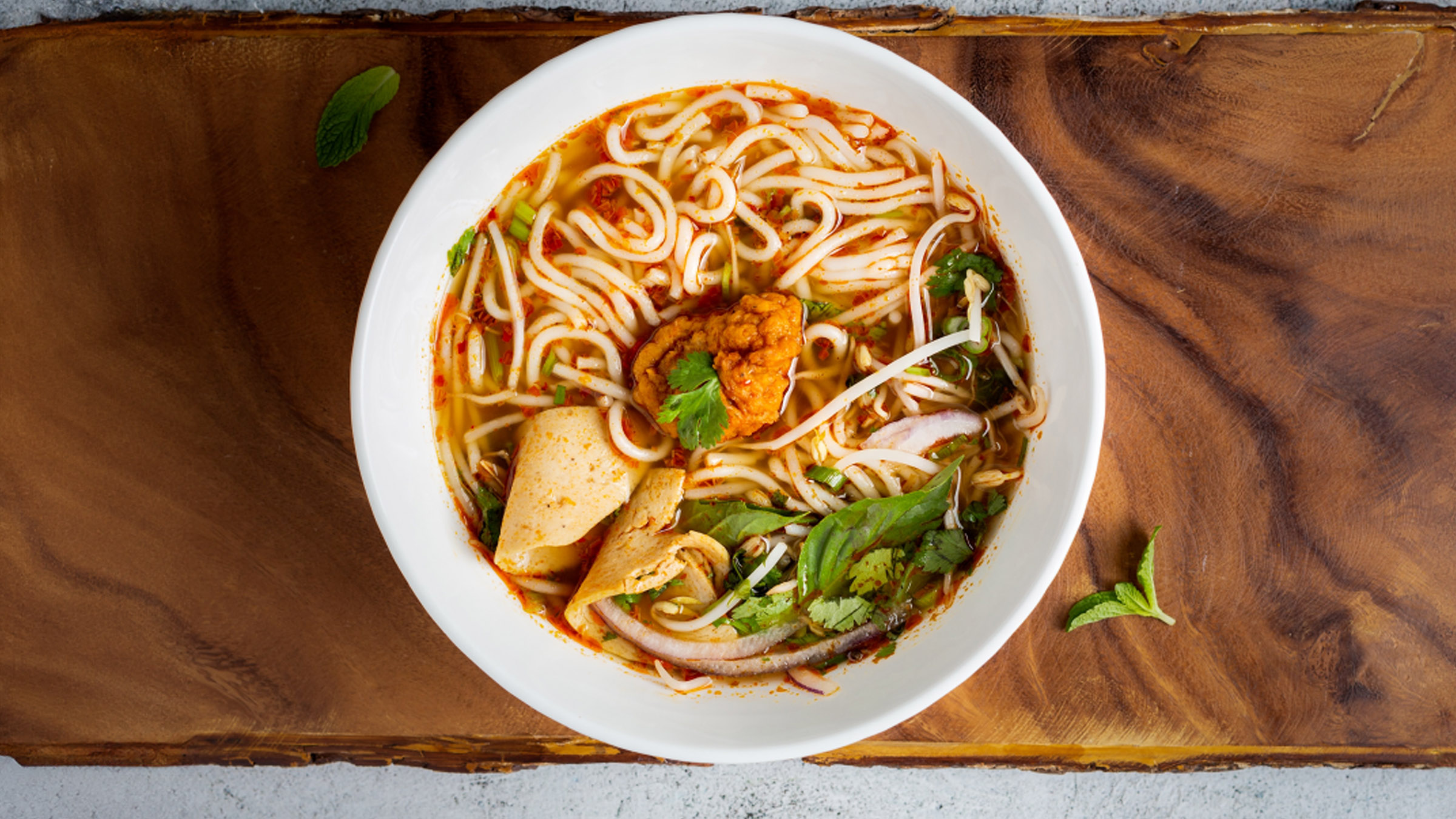

Food
Test Your Noodle: How Much Do You Know About Noodle Soups Around The World?
Mouth-watering and heart-warming, noodle soup variations are beloved the world over – but do you know any beyond the classic ramen and pho? Let’s find out
By María Elisa Gómez SosaScroll
Whether homemade or instant, noodle soup is comfort in a bowl – no matter where you are on the map. From a classic Vietnamese pho to a nutty Japanese broth, a sweeter Bolivian bowl or a mix of traditional Mediterranean flavours, the culinary world is boiling over with tons of noodle soup varieties, each featuring a medley of ingredients and techniques that make them unique to their region. So, how much do you know about noodle soups across the globe, besides the occasional go-to dinner of microwaved ramen? Let’s find out.
1. Pho is one of the best-known noodle soups to come from Vietnam – and perhaps Asia in general – but some palates prefer the alternative, bún bò, due to its distinctive aroma. Which tangy herb infuses this soup?
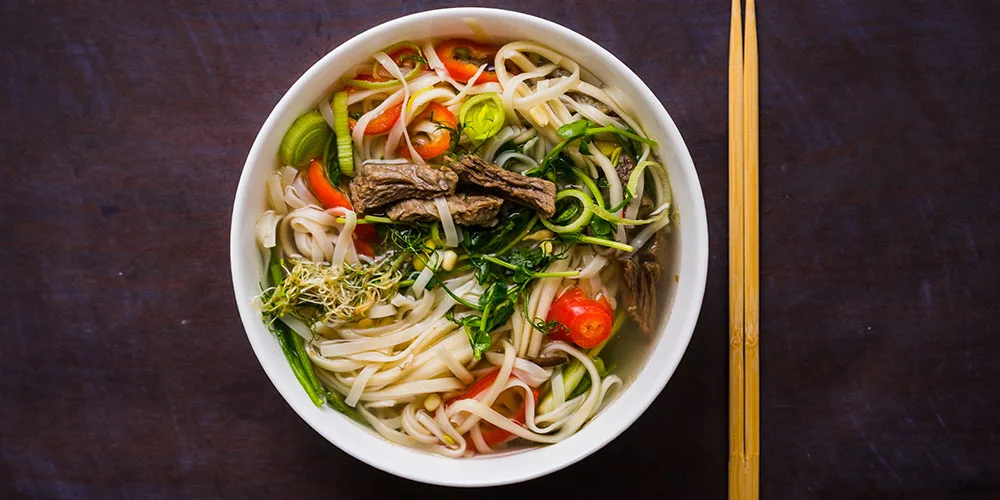
Correct!
Wrong!
-
2. Whether ramen or udon, Japan eats over 5 billion servings of noodles a year – and while they’re at it, they especially enjoy the ‘nodogoshi’, which translates to what?
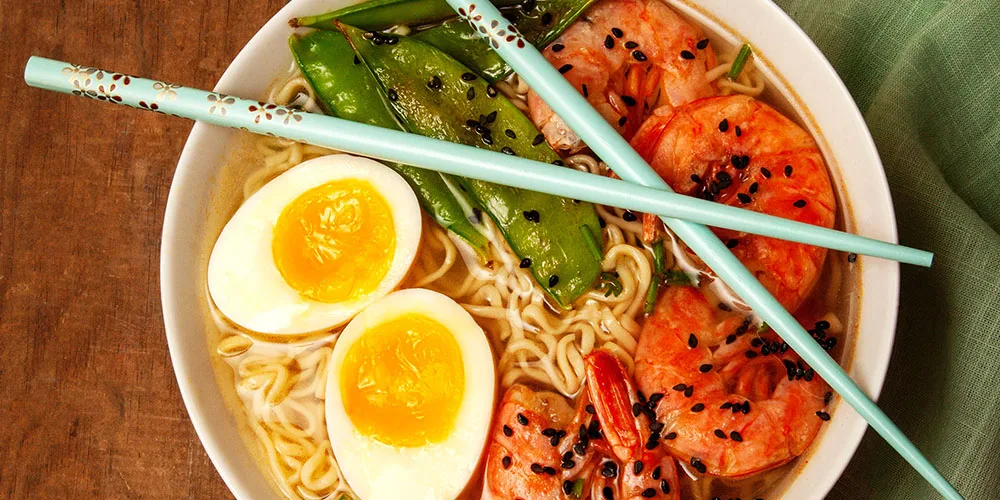
Correct!
Wrong!
-
3. Myanmar loves soup so much, they made it their national dish. Mohinga – a rice noodle soup made with fish paste, lime and chilli – wouldn’t be complete without its main ingredient, which is…
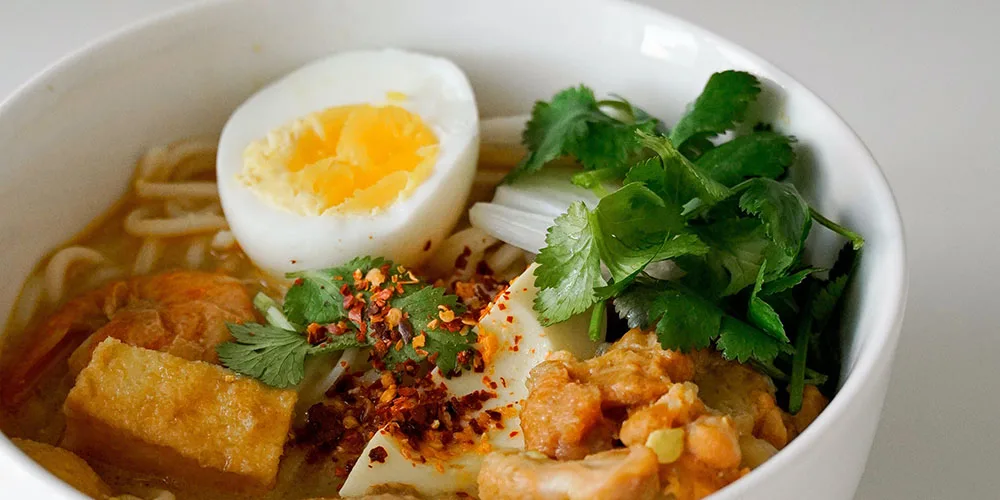
Correct!
Wrong!
-
4. Egg noodles, Japanese-style broth and green onions come together to make Saimin, a dish originally from China. But where was the Chinese soup recipe adopted and perfected, and even added to local McDonald’s menus?
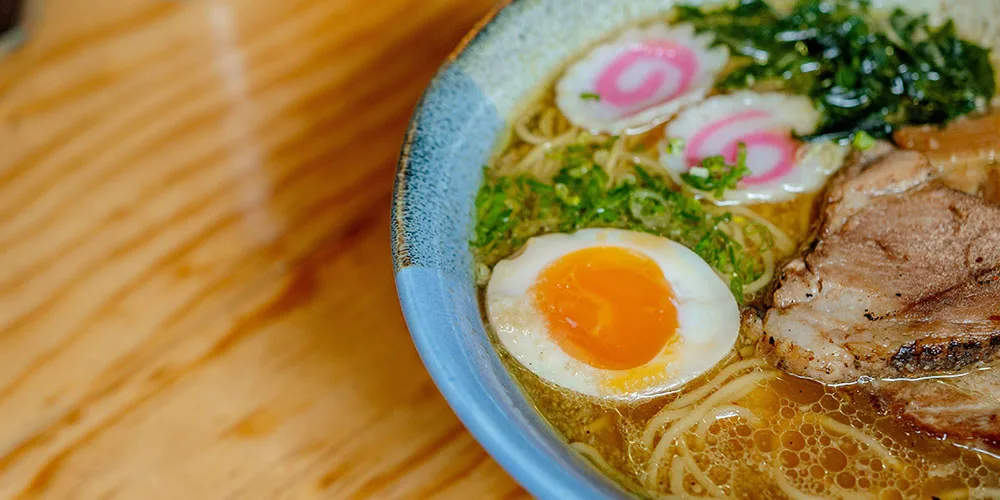
Correct!
Wrong!
-
5. Bolivians have their own variety of a comforting noodle soup, often served as the first dish of a two-course meal. Besides the usual chicken broth, noodles and herbs, which ingredient do they add to the mix for a sweeter flavour?
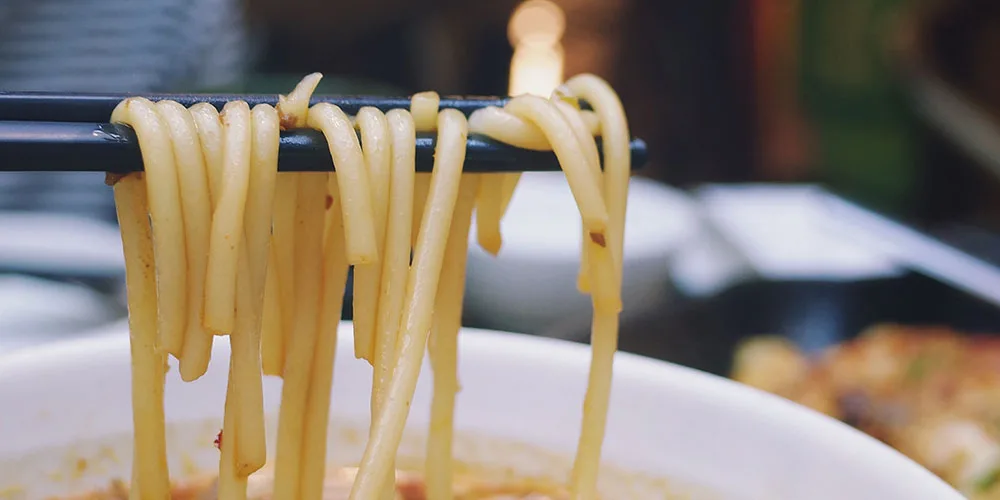
Correct!
Wrong!
-
6. When you order beef pho at an authentic Vietnamese restaurant, they’ll add raw, thinly sliced beef to the steaming-hot broth right before serving, and the broth will cook it as it is being taken to your table.
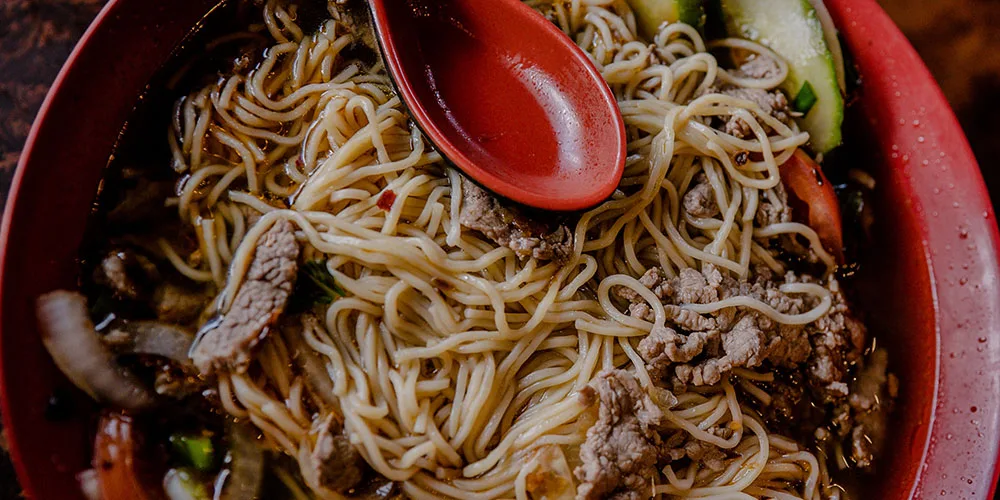
Correct!
Wrong!
-
7. A popular Mediterranean version of classic noodle soup is made with orzo pasta, chicken, Italian seasoning… and which other ingredient that gives the soup its distinctive flavour?
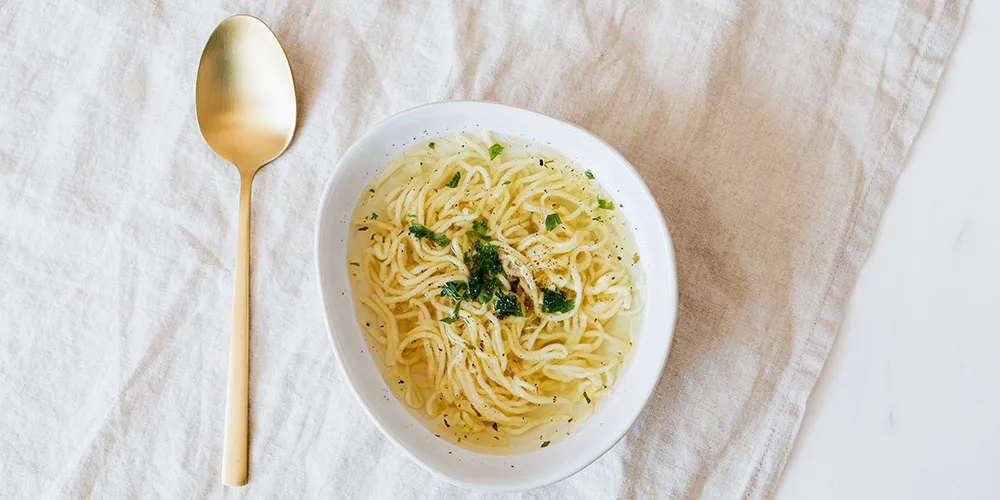
Correct!
Wrong!
-
8. In Japan, there are eight different types of noodles most commonly found, each with their own characteristics. If you’re looking for the thickest variety, which should you choose?
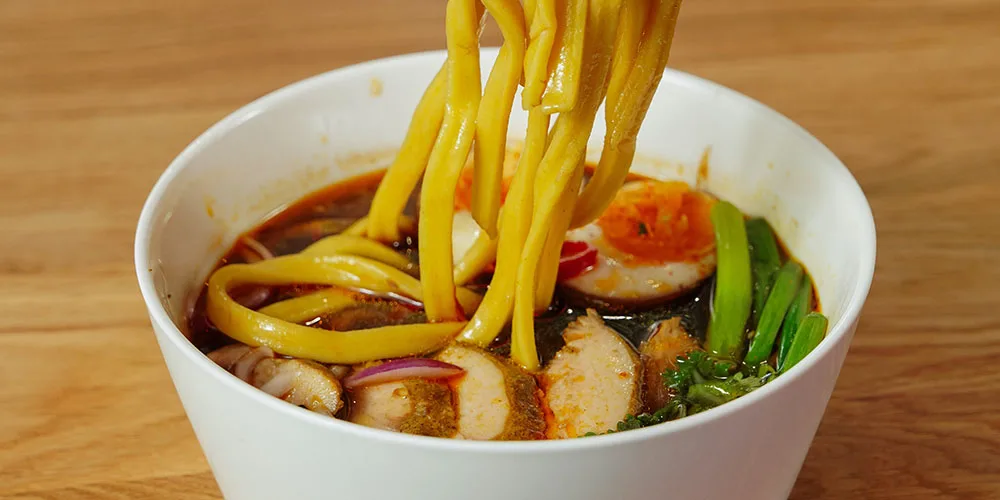
Correct!
Wrong!
-
9. Before the Persian New Year in Iran, local eateries serve a soup called Ash Reshteh, with linguine-shaped noodles. What are these noodles believed to bring for the year ahead?
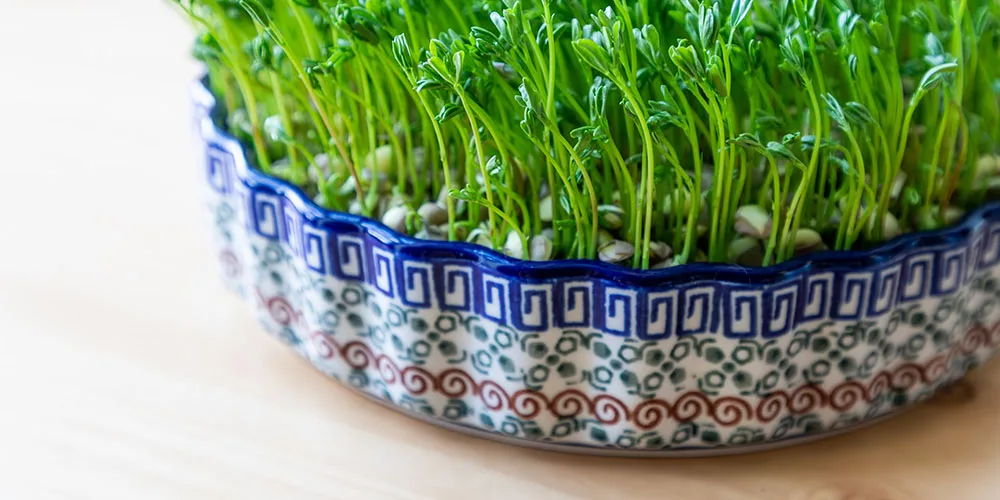
Correct!
Wrong!
-
10. In some countries, like Japan and China, it’s totally acceptable to slurp noodle soup straight out of the bowl. In one country, however, it is considered extremely rude. Which country are we referring to?
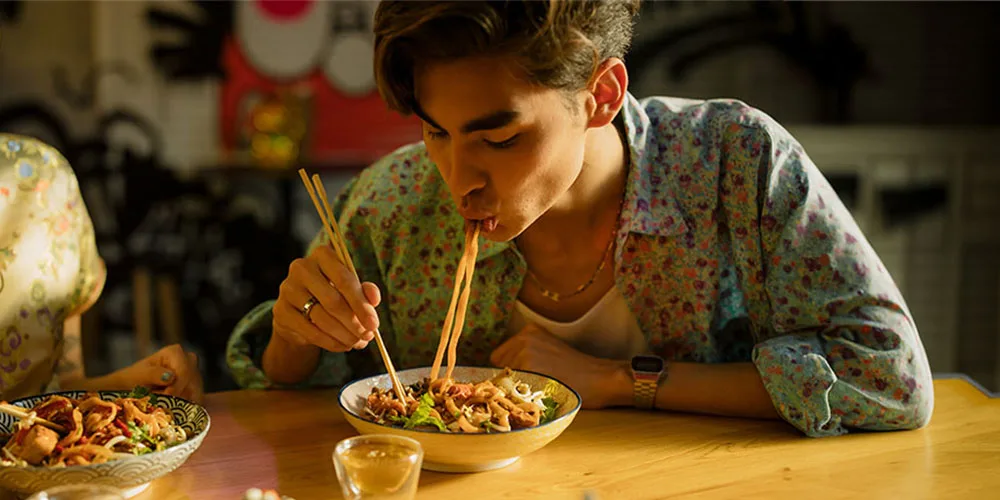
Correct!
Wrong!
-
11. ‘Hovězí polévka s nudlemi’ is a classic Czech beef noodle soup – a go-to weekend or illness recovery meal typically made by grannies from which Czech region?
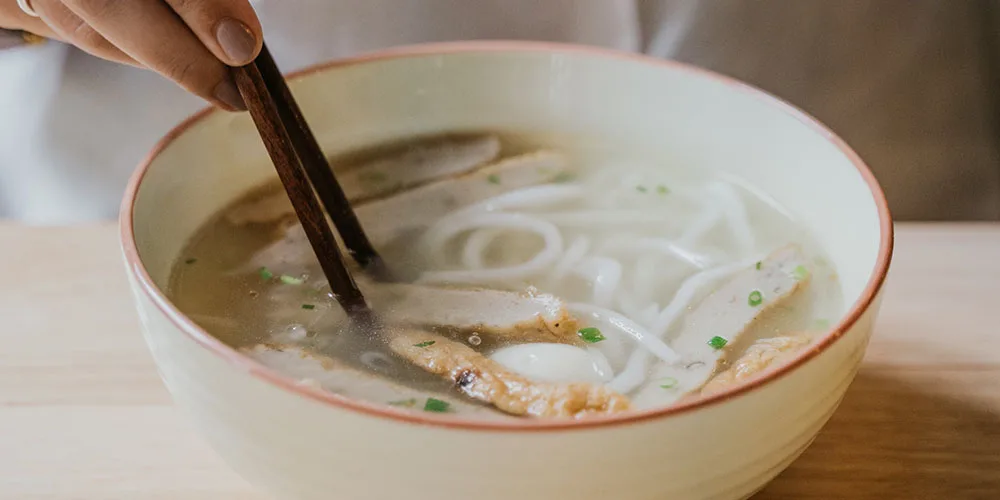
Correct!
Wrong!
-
12. During a summer heatwave, the last thing you’ll want is hot noodle soup. For South Koreans, that’s not a problem – they can turn to a tasty noodle dish called doong ji. What makes it so refreshing?
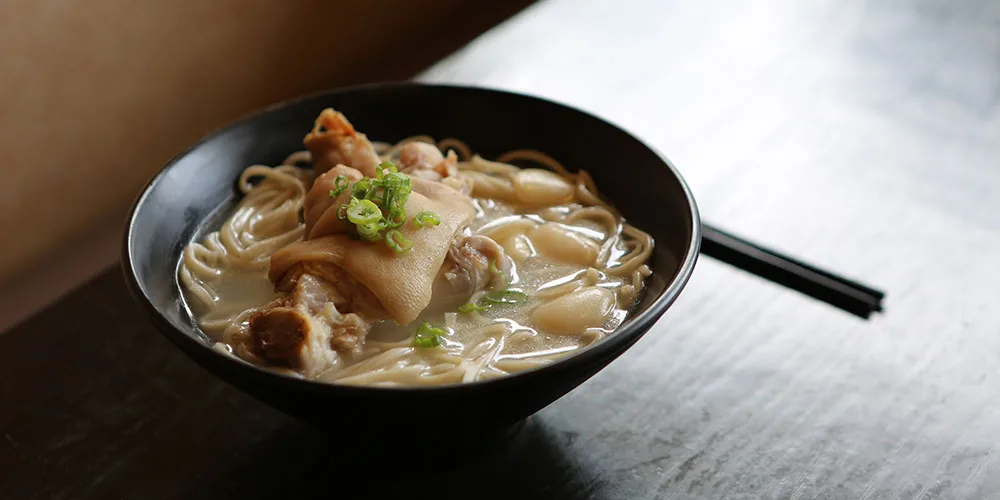
Correct!
Wrong!
-
13. Soto ayam is the Indonesian take on chicken noodle soup. It includes vermicelli noodles, lemongrass and which other ingredient that gives it its bright golden colour?
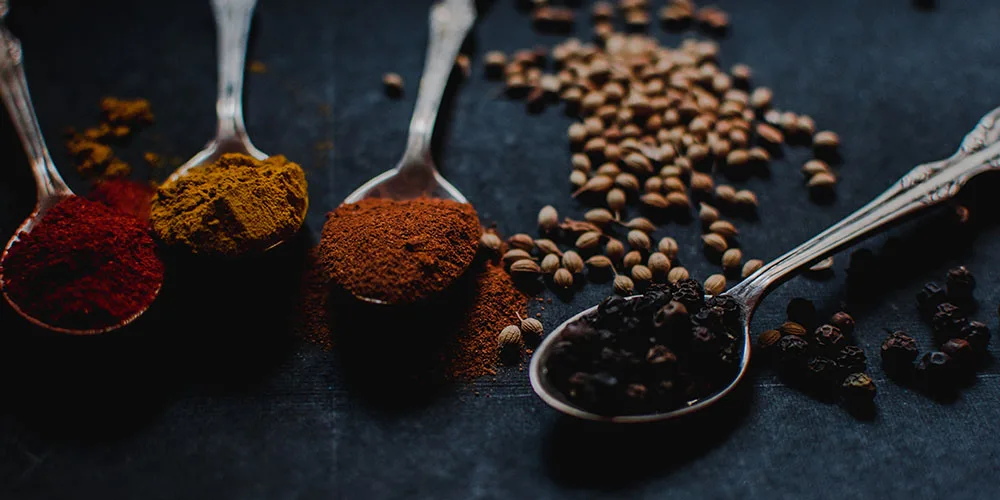
Correct!
Wrong!
-
14. With a nutty flavour and a dense texture, soba noodles – originally from Japan and popular throughout Eastern Asia – are made from what?
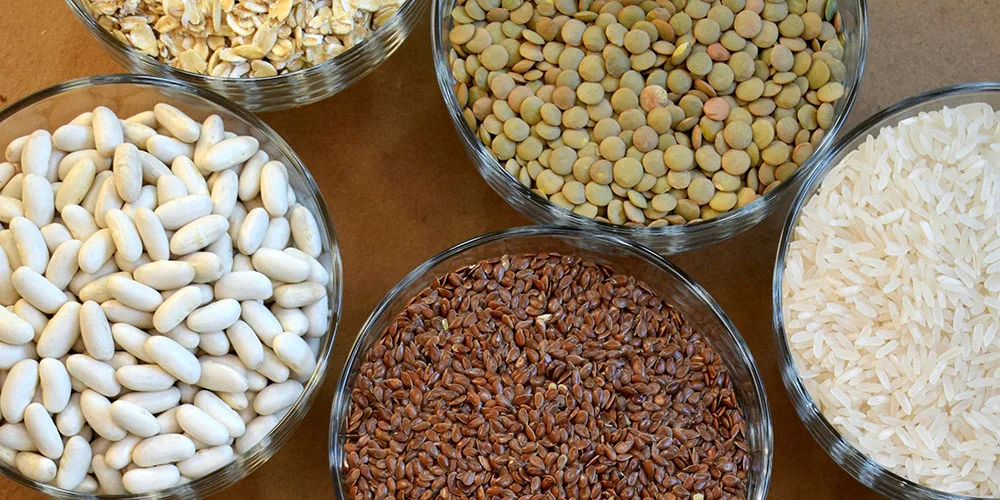
Correct!
Wrong!
-
15. If you order La Mian soup at a Chinese restaurant, they’ll bring you noodles served in a flavourful mix of spicy broths. But what makes La Mian noodles different from other varieties?
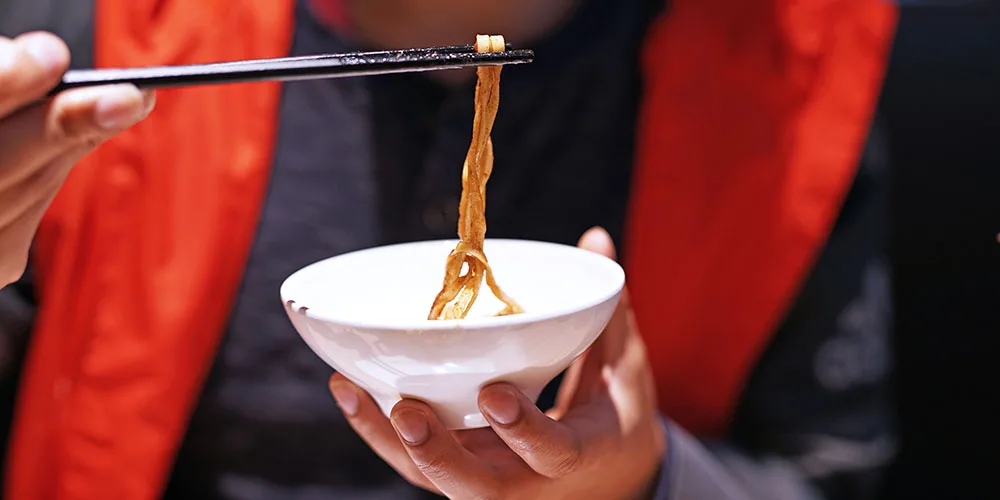
Correct!
Wrong!
-
Bonus question: Which opera composer was known to have a bowl of noodle soup every time he was in need of inspiration?

Correct!
Wrong!
-














Sorry, the comment form is closed at this time.